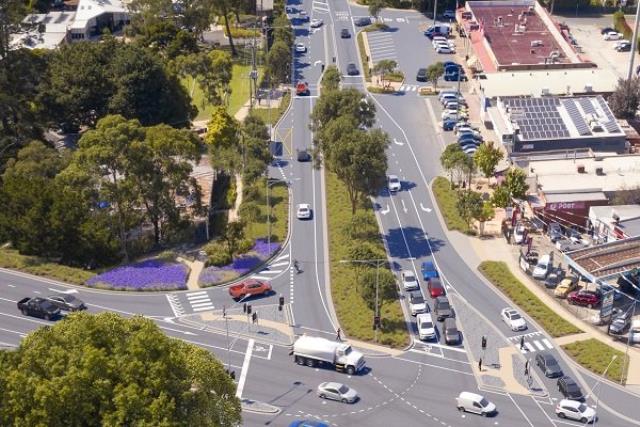Road surveillance teams in Ferntree Gully and Bayswater are going green with new zero-emissions vehicles.
As a part of the State Government’s smarter roads program, new congestion surveillance and audit officer will ensure clearways are clear and road worksites are being managed safely to keep traffic flowing throughout three zones, including one in the east.
The eastern zone will cover Wantirna, Rowville, Glen Waverley, Ferntree Gully and Bayswater.
Minister for Roads and Road Safety Ben Carroll said the new electric vehicles will go a long way in helping the surveillance teamwork with industry to improve traffic flow around work sites, while also reducing the carbon footprint.
“As this initiative rolls out, worksites will be safer and congestion through work zones will be minimised, a win for every Victorian,” he said.
“Zero emissions vehicles play a critical role in our plan to achieve net-zero by 2050. We have set a target of 50 per cent of new light-vehicle sales to be zero emissions by 2030.”
The introduction of the vehicles is a part of the State Government’s plan to deliver 400 zero-emission vehicles by 2023, as it pushes towards net-zero emissions by 2050.
The officers will visit some of the 1500 worksites operating every day to ensure compliance as a part of the traffic management reform program launched in February, which requires all traffic management companies to be accredited.
Since the surveillance teams were launched in November 2019, officers have inspected 6000 individual worksites and seen a marked increase in compliance, with industry regularly requesting inspections of sites according to the State Government.
“VicRoads is working with traffic management companies along with leading training providers to update and improve the practices around some of our most significant work programs, along with making it safer for roadworkers at any site in the state,” their media release said.
“The program will also revolutionise the VicRoads permit portal, making it simpler and easier for traffic management companies to gain access to the permits they need to carry out vital work on Victorian roads.”







